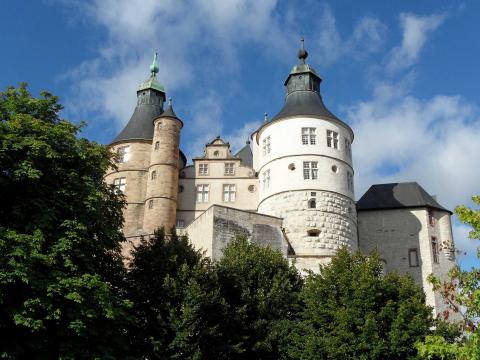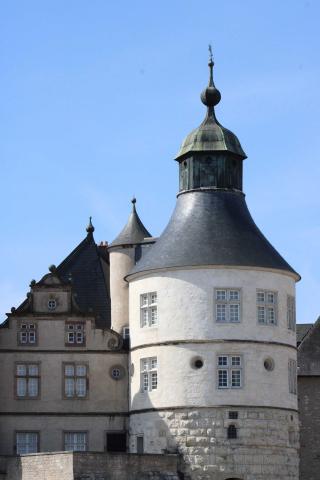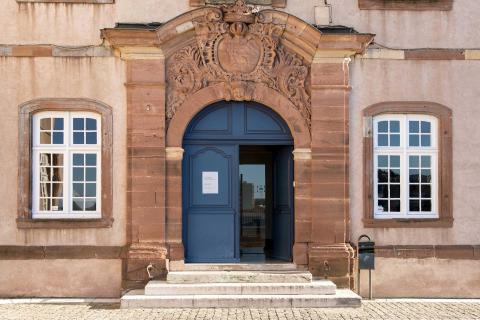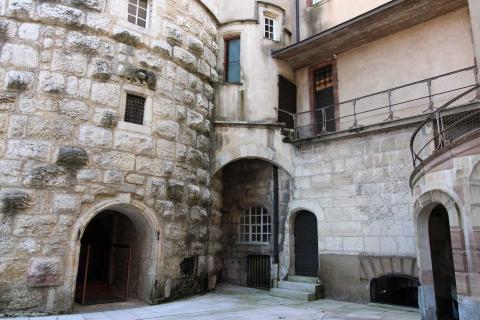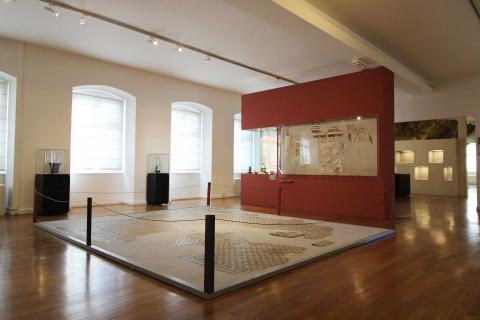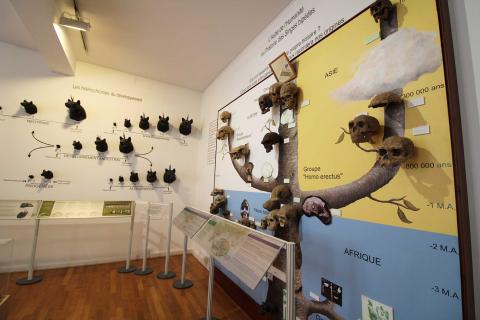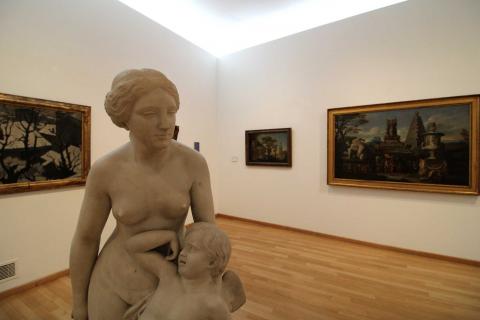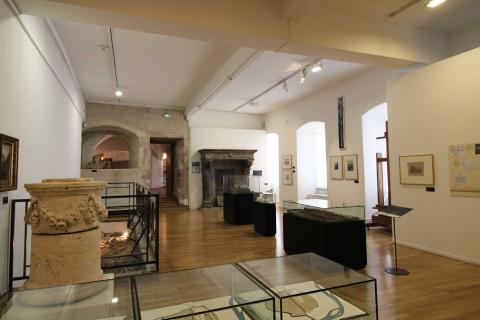
According to written accounts, traces of a primitive castle could be found at the beginning of the 10th century, when it dominated the first settlement of the bourg castral. Two successive ditches in the 12th century and in 1507, followed by the laying of the railway in 1857, completely isolated it from this hill. The fortress, which occupies about 125 acres, was once divided into two distinct parts, separated by two other ditches dug into the rock: the ‘Châtel-devant’ and the ‘Châtel-Derrière’. During the 13th and 14th centuries, the Châtel-Devant was abandoned in favour of the Châtel-Derrière. Composed of 3 towers, the castle had a defensive and functional role.
Over four centuries, from 1397 to 1793, the castle was the residence of the Counts of Montbéliard and Dukes of Wurtemberg. Over the years, the building's appearance was altered to a more residential appearance with the construction of the Henriette and Frédéric towers. The end of the 16th century is marked by the appearance of Wurtemberg architect, Heinrich Schickhardt who built the Hôtel du Bailli (the bailiff's lodging) or Logis des Gentilshommes, the arsenal and the hydraulic machine. The almost complete reconstruction of the Counts’ residence and the filling in of the large ditch was not finished until 1751 Only the two towers, Henriette and Frédéric, and the spur-shaped north tower have survived.
Following the French Revolution and reintegration of the Pays de Montbéliard into France, the castle buildings were handed over to military authorities, who contributed to the reconstruction of many buildings on the esplanade. In 1880, the central pillar was replaced with a scrolled pediment.
Handed back to the town of Montbéliard by the army in 1933, the castle is now a museum which showcases significant natural history and archaeological collections.
The Museum
It exhibits Natural history collections (about Georges Cuvier), archaeological collections (engraved Rochedane pebbles), evidence of the Iron and Bronze Age, as well as relics from the Gallo-Roman presence in Mandeure.
A history trail in the two towers recounts the history of the castle and presents beautiful pieces of furniture from Montbéliard (a Carlin sideboard, a Briot platter) as well as portraits of the Dukes and Duchesses of Württemberg.
The museum is developing a section for contemporary art and owns works by the painter Jean Messagier in particular. Temporary exhibitions on a wide variety of themes mean that these collections can be enjoyed.
Practical information
The Château des ducs de Wurtemberg museum
Cour du château - 25200 Montbéliard
Tel. +33(0)3 81 99 22 61
www.montbeliard.fr
> Opening hours: every day except Tuesday 9.30 am to 12.30 pm and 1.30 pm to 6.00 pm.
Ticket office closes at 5.30 pm. Additional closing on public holidays (except August 15)
> Prices:
Full price: € 6
Concessions: € 4
Tickets valid for both of the museums in Montbéliard.
Temporary exhibitions are announced on our Agenda.
